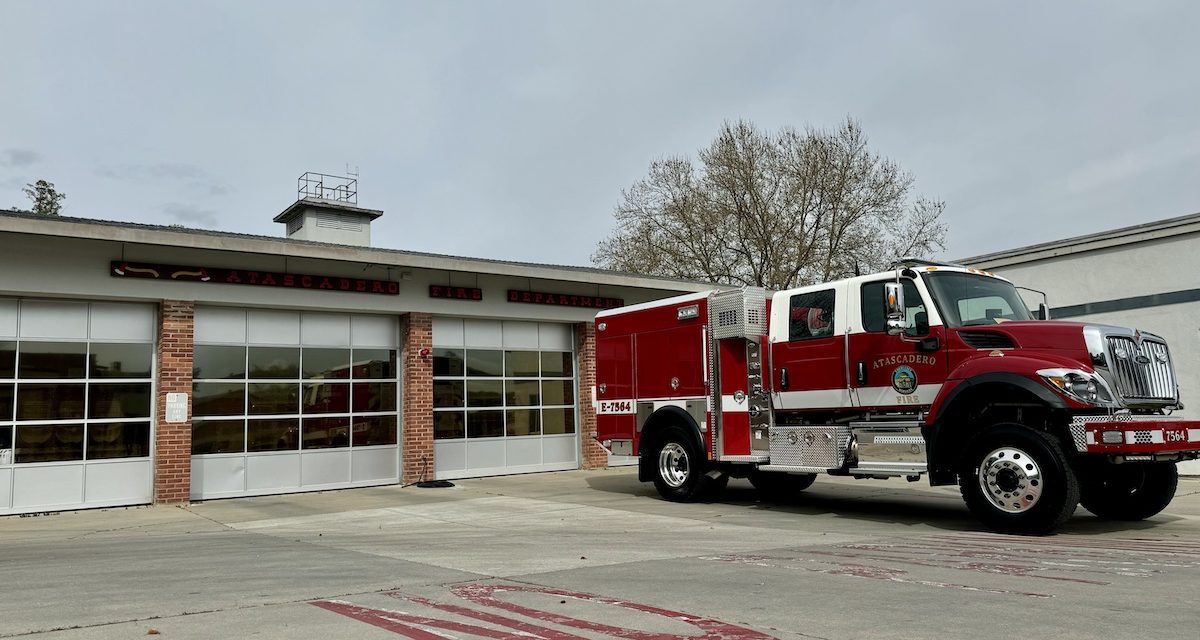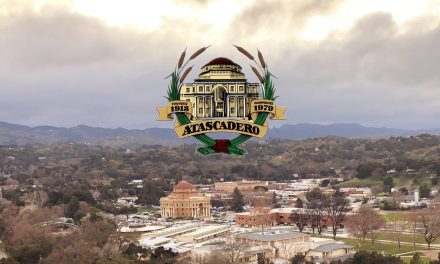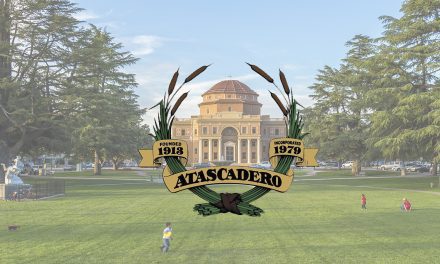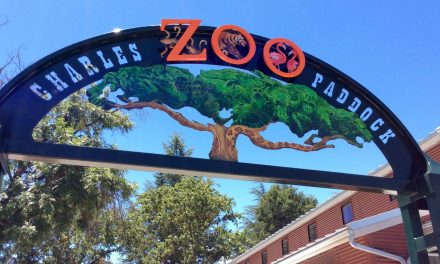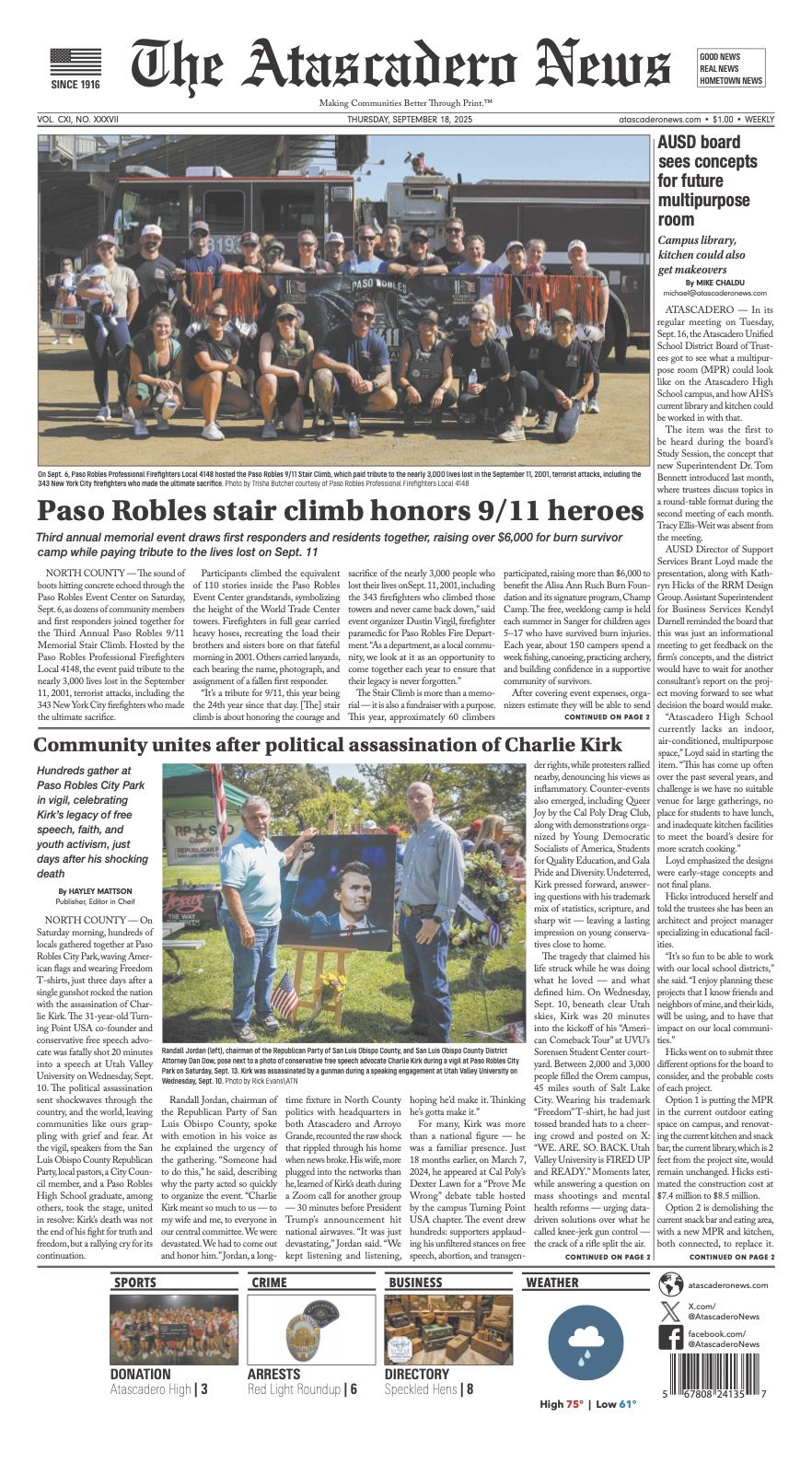Atascadero Mutual Water Company, Public Works, and the Fire Department weigh in
ATASCADERO — The recent, devastating, and ongoing fires in Southern California have begged the question for many: would we be prepared if something like that happened here? We reached out to the Atascadero Mutual Water Company (AMWC), Public Works, and the Fire Department to find out what Atascadero is doing to keep up with fire preparedness.
The city is continually on top of fire prevention, from weed abatement to maintaining fire hydrants. AMWC General Manager John Neil told Atascadero News that their goal is to maintain fire hydrants on a three-year cycle, though the hydrants aren’t normally painted during maintenance since maintenance usually takes place during the winter months.
“The Fire Department works closely with AMWC if there are any issues with hydrants,” added Atascadero Fire Chief Casey Bryson.
On top of making sure Atascadero’s fire hydrants are maintained and ready in case of an emergency, the AMWC has nine water storage tanks distributed around their service area. Those tanks hold 16.7 million gallons of water.
“Water storage takes three forms: Operational, Emergency, and Fire,” added Neil. “Operational Storage (2.1 million gallons) — tank levels go up or down depending on typical daily demands. Emergency Storage (5.5 million gallons) — intended to provide for conditions such as extended power outages, pump failures, and similar issues and is based on 50 gallons per person per day. Fire Storage (2.6 million gallons) — anticipate volume to control fire in a building or group of buildings at a flow rate and duration based on building size and density. Total = 10.2 million gallons, resulting in a storage surplus of 6.5 million gallons.”
The Fire Department also has a very strict weed abatement ordinance that they require residences and businesses to follow.
“We do inspections and enforcement to ensure that weeds and annual grasses are cut to 4 inches 50 feet around their property line, 50 feet from the roadway, and 100 feet around their residence,” Bryson said. “The deadline each year is June 1, but should be maintained year-round.”
Every March, they also provide chipping programs so residents can get rid of brush and tree trimmings. They also promote specific backyard burn days. These burn days are limited based on rainfall and weather, and there arerestrictions. A permit is required to participate. The Fire Department also offers wildfire consultations to help residents evaluate their defensible space and protect their homes. Bryson stated that the department has heard that the consultations have helped homeowners keep their fire insurance.
“We [also] work closely with San Luis Obispo Fire Safe Council for grants for several of these programs,” Bryson added. “They have also awarded us grant money to complete numerous large fuel mitigation projects, including fuel breaks, brush removal in Atascadero Creek, brush removal on Pine Mountain, and numerous roadside brushing projects.”
To find out more about all of the above services, go to atascadero.org/department/fire-emergency-services. The city’s Public Works department also helps mitigate possible fire threats.
“Public Works coordinates and issues encroachment permits to PG&E, who has an aggressive vegetation management program where they clear trees and vegetation in and around power lines and power poles,” said Public Works Director Nick DeBar. “Over the last few years in Atascadero, several thousand trees have been trimmed, hundreds of trees removed, and many upgrades to infrastructure including 800-plus power poles replaced.”
The Fire Department continuously spends hours every shift making sure their equipment is in working order and training for anything they might come up against.
“Fire engines and other equipment are kept to the highest standards. All personnel train each day on shift. We spend hours with new employees training to be effective firefighters, and officers are trained to manage these types of incidents. Most of our firefighters have additional qualifications that allow them to respond to fires all over the state. These experiences better prepare them for a fire in our city,” added Chief Bryson.
If a wildfire were to start, Atascadero Fire would have automatic and mutual aid agreements with all our neighboring fire departments.
“When a wildfire starts, we receive engines from Atascadero State Hospital, Templeton Fire, Paso Robles Fire, and San Luis County/Cal Fire. The response from County/Cal Fire also includes hand crews, dozers, and aircraft,” said Bryson. “If the fire cannot be controlled with that initial response, we would be requesting additional engines, first from our county, and then from outside the county and eventually throughout the state.”
Atascadero News asked Bryson for tips on how community members need to be prepared in case a wildfire breaks out.
“Ultimately, you need to prepare yourself and your home. In the event of a devastating wildfire, residents need to have prepared their property and home ahead of time,” he said. “They need to be prepared to evacuate in a moment’s noticewith pets, medications, important documents, etc. They should evacuate immediately if alerted to do so. With limited resources, we may not be able to reach your home.”
To be additionally prepared or in case of an emergency, use the website prepareslo.org, which provides information for evacuation zones during an emergency as well as information on evacuation warnings and the county’s alert systems.

